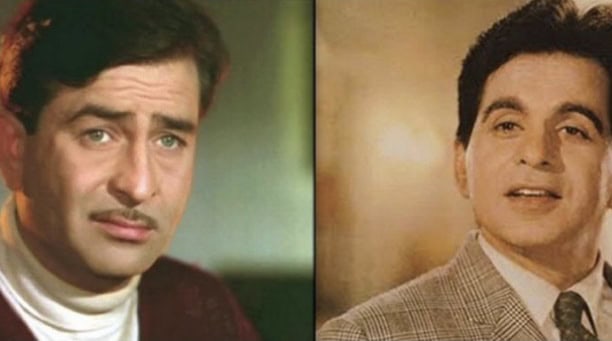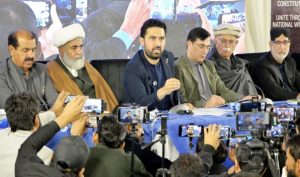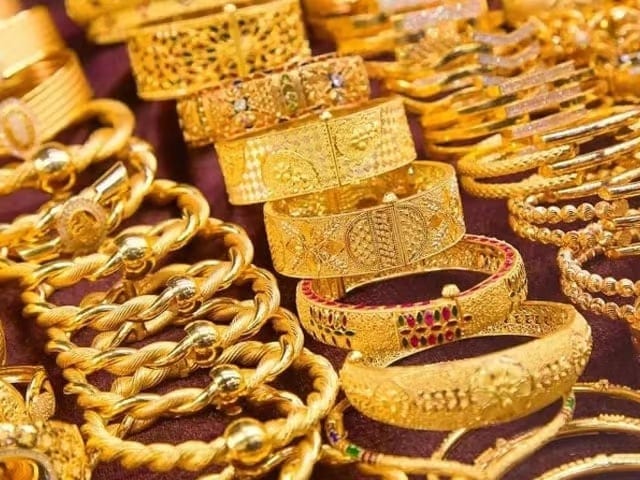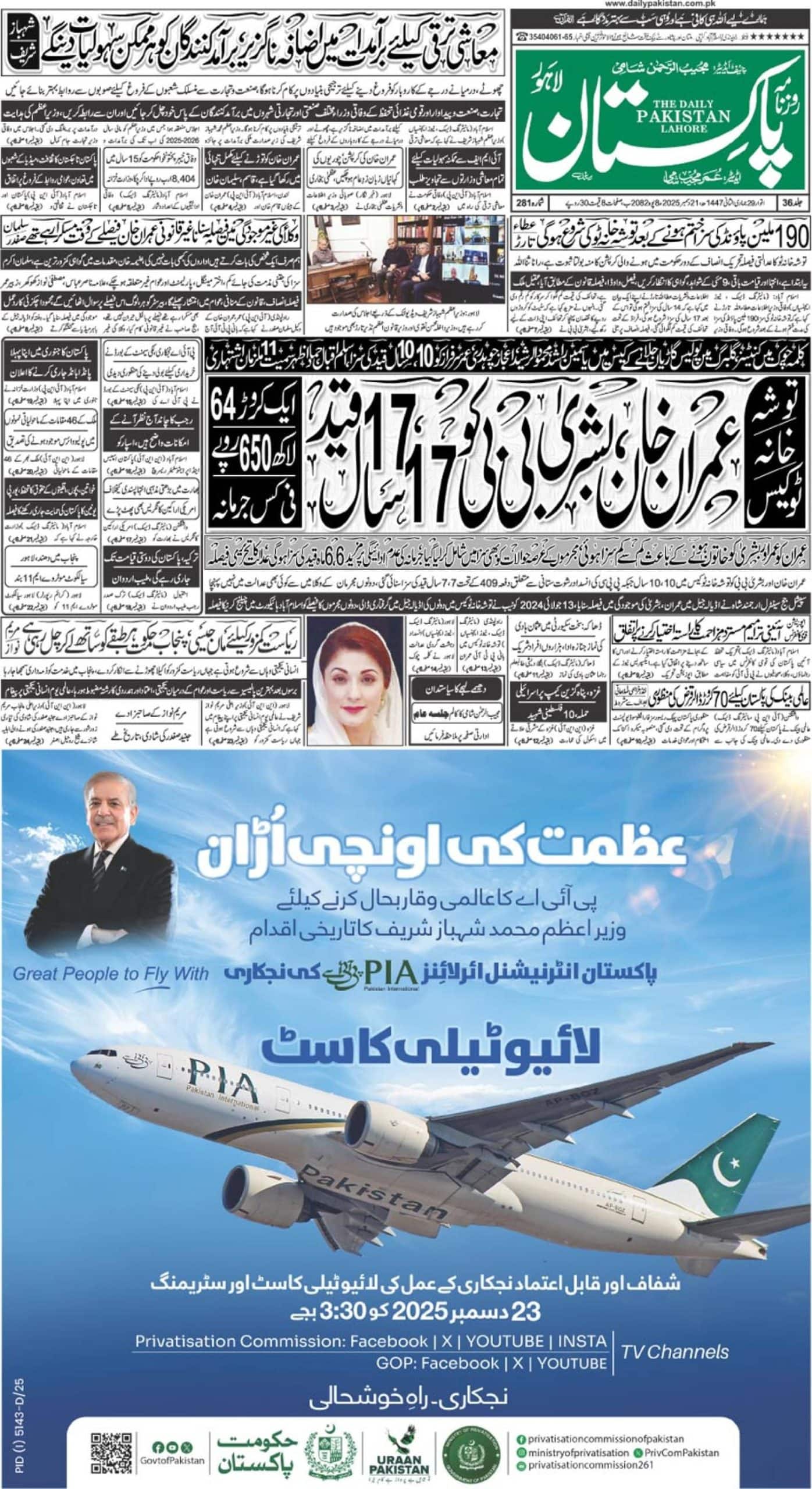Located in the heart of the historic walled city, the decaying mansions in Peshawar, which was once home to Bollywood stars Raj Kapoor and Dilip Kumar, are being brought to life. The ancestral homes of these Golden Age heroes in the northwestern city are symbols of its link to the world’s largest film industry; however, they have been victims of years of neglect.
The region’s archeology team says it’s close to wrestling the more than 100-year-old buildings from their private owners so they can be restored and turned into museums.
“I always feel sad and angry while looking at Kapoor’s house, that it once was a beautiful mansion of top quality,” says Samiuddin Khan, who remembers running through the 40-room abandoned house as a child and flying kites from the rooftop.
“It was extremely beautiful inside. The structure is still intact, but some walls have collapsed, and much of the wood has been damaged.” Once an architectural wonder, the family home Kapoor, who died aged 63 in 1988, is influenced by the Mughal empire, Central Asian and British colonial design, featuring ornately carved doors and balconies and gothic-style windows.
Dilip Kumar grew up in a more straightforward home down a small lane in a busy market; however, the entrance is blurred, and the roofless interior is significantly damaged. Both actors grew up in a quarter that is home to the fabled Qissa Khwani(Storytellers) Bazaar, where travelers would share tales of their adventures.
Kumar, who is 97 years old now, has credited his successful career to his early life in the neighborhood where he initially learned to narrate.
“This is our cultural heritage, and we take pride in preserving it. We are very proud that Dilip Kumar and Raj Kapoor were from Peshawar,” said Abdul Samad, director of archeology and museums in Khyber-Pakhtunkhwa province.
Indian superstar, Shah Rukh Khan, is also known to have links in the area, but his family home, which is still in use, has not suffered the same decline.
Across the country, numerous pre-partition buildings have been left to deteriorate or been demolished over the years.
Peshawar suffered a huge knock-back to its cultural standing after becoming a hotspot of violence from the 1980s onwards, concluding the golden era of Pashto-language cinema in the region, known as Pollywood.
Militant groups, including Tehreek-i-Taliban Pakistan, bombed at least three cinemas and more than 100 music shops before a military crackdown near the border with Afghanistan in 2015 resulted in drastic security improvements.
As the city revives, more than 1800 heritage buildings with traditional features have been identified for preservation by the province’s archeology team. Still, Pakistan could need years to arrange the finances required for their purchase and restoration.














